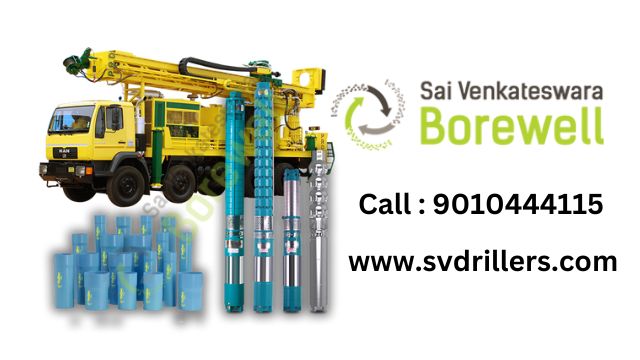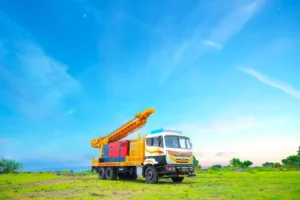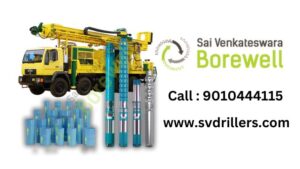Introduction
When it comes to securing a reliable water source, understanding well types and water drilling rigs is essential. Whether you’re a homeowner, farmer, or contractor, choosing the right well type and drilling method can significantly impact water quality, cost, and efficiency. This guide covers everything you need to know about well types, water drilling rigs, and the best practices for installation.
What is a Well Type?
A well type refers to the method of water extraction and the structure of the well. The most common well types include:
- Bored Wells (Shallow wells, typically less than 100 feet)
- Drilled Wells (Deep wells, often exceeding 100 feet)
- Driven Wells (Narrow pipes driven into the ground)
- Dug Wells (Manually excavated, less common today)
Each well type has its advantages, depending on the water table depth, soil composition, and usage requirements.
How Does a Water Drilling Rig Work?
A water drilling rig is a machine used to create a borehole for water extraction. The process involves:
- Site Assessment – Checking soil and water table conditions.
- Drilling – Using rotary, percussion, or auger methods.
- Casing Installation – Preventing collapse and contamination.
- Pump Setup – Ensuring efficient water extraction.
The right water drilling rig depends on the well type, depth, and geological conditions.
Common Water Drilling Rigs
- Cable Tool Rigs – Traditional, slow but effective for hard rock.
- Rotary Drilling Rigs – Fast and versatile for various soil types.
- Percussion Rigs – Ideal for deep wells in rocky terrain.
- Auger Drilling Rigs – Best for shallow, soft soil conditions.
Choosing the Right Well Type & Drilling Rig
Consider these factors:
- Water Demand – Household, agricultural, or industrial use.
- Geology – Rock, sand, or clay composition.
- Budget – Drilled wells are costlier but more reliable.
- Maintenance – Deeper wells require less frequent servicing.
Well Installation Process
- Permit & Planning – Check local regulations.
- Site Preparation – Clear the area for drilling.
- Drilling & Casing – Install the well structure.
- Pump & Testing – Ensure water quality and flow rate.
Maintenance Tips for Longevity
- Regular water testing.
- Inspect the pump and casing annually.
- Avoid chemical contamination near the well.
Frequently Asked Questions (FAQs)
1. What is the best well type for residential use?
A drilled well is the most reliable for consistent water supply.
2. How deep should a water well be?
It depends on the water table, but most residential wells are 100-500 feet deep.
3. How much does a water drilling rig cost?
Prices vary, but a standard rig can range from $15,000 to $100,000.
4. How long does it take to drill a well?
Typically 1-3 days, depending on depth and soil conditions.
5. Can I install a well on my property?
Yes, but you may need permits and professional drilling services.
Conclusion
Choosing the right well type and water drilling rig ensures a sustainable water supply. Whether for home, farm, or business, proper planning and professional installation are key.
🚀 Need expert help?
📞 Call us today at +91 9010444115
🌐 Visit SV Driller for a free consultation!
Final Keywords & URLs
- Well Types – https://svdriller.com/well-types
- Water Drilling Rig – https://svdriller.com/water-drilling-rig
- Borewell Installation – https://svdriller.com/borewell-installation
- Deep Well Drilling – https://svdriller.com/deep-well-drilling
- Residential Water Wells – https://svdriller.com/residential-wells
For professional digital marketing and web services, check out Vebnox.
This guide ensures you make an informed decision for your water well project. Happy drilling!



